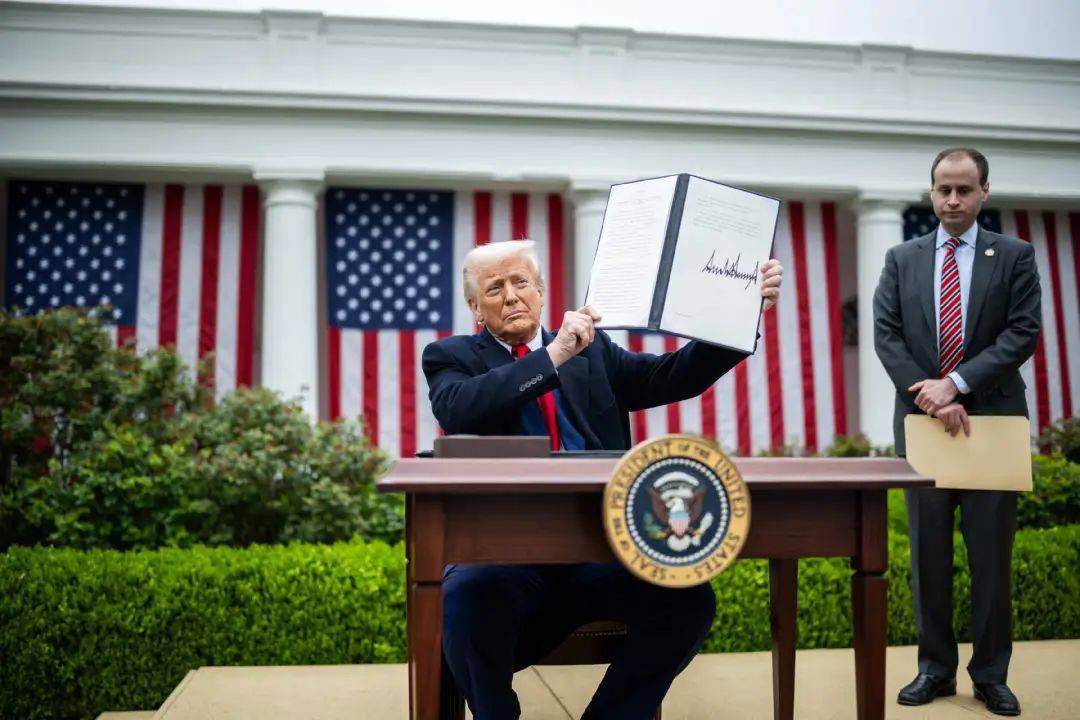In recent years, the U.S. government has frequently adopted protectionist trade measures by imposing tariffs in an attempt to address its trade deficit and promote the return of manufacturing industries. However, these unilateral tariff policies have not only failed to achieve the desired goals but have also severely impacted American agriculture.
Reduced Export Markets for Agricultural Products
The United States is one of the world’s largest exporters of agricultural products, with its exports highly dependent on international markets, especially major trading partners such as China, Canada, Mexico, and the European Union. However, the U.S. tariff policies have triggered retaliatory tariffs from these countries and regions, leading to a significant contraction of the U.S. agricultural export market. For example, China began imposing tariffs on certain U.S. agricultural products on February 10, 2025, and Canada and the European Union also implemented countermeasures against U.S. agricultural products. These tariffs have reduced the competitiveness of U.S. agricultural products in international markets and caused a sharp decline in export volumes.
Decreased Farmer Income and Bankruptcy Risks
The tariff policies have led to a decline in agricultural product prices and a reduction in farmer incomes. Many farmers have expressed that if the tariff war continues, they will face the risk of bankruptcy. For instance, Caleb Largrand, president of the American Soybean Association, pointed out that U.S. soybean growers rely on export markets, and the tariff policies have blocked soybean exports, putting soybean farmers’ livelihoods in jeopardy. In addition, U.S. corn growers are also facing similar difficulties, fearing that they will not be able to find markets for their harvested corn.
Increased Costs of Agricultural Inputs
The tariff policies have not only affected the export of agricultural products but have also led to an increase in the cost of agricultural inputs. Due to the U.S. tariffs on some imported goods, the prices of agricultural inputs such as fertilizers and equipment have risen. For example, U.S. maple syrup producers have said that tariff policies have increased the cost of importing equipment, and the future is full of uncertainties. This increase in costs has further squeezed farmers’ profit margins and exacerbated the difficulties in agricultural production.
Political Impact and Subsidy Challenges
Agriculture holds an important position in U.S. politics, and farmers are a key voter group for many political parties. However, the current tariff policies are hurting agricultural communities and have sparked dissatisfaction and protests among farmers. Although the U.S. government has tried to ease the plight of farmers through agricultural subsidies, these measures cannot fundamentally solve the problem. Moreover, with the increasing U.S. fiscal deficit, it is uncertain whether sufficient subsidies can continue to be provided in the future.
Damage to the Agricultural Industry Chain
The impact of tariff policies on U.S. agriculture is not limited to farmers but has also affected the entire agricultural industry chain. From agricultural product processing companies to transportation firms, from feed suppliers to meat processing enterprises, the entire industry chain has been hit. For example, U.S. pork producers have said that tariff policies have led to reduced pork exports, oversupply in the market, and falling prices, causing significant losses to the entire industry.
Conclusion
The U.S. tariff policies have not only failed to achieve their intended economic goals but have also severely impacted American agriculture. Issues such as reduced agricultural export markets, decreased farmer incomes, increased costs of agricultural inputs, and damage to the agricultural industry chain have plunged U.S. agriculture into a difficult situation. The negative impacts of these policies are not only reflected in the economic sphere but may also have far-reaching effects on U.S. political and social stability.

